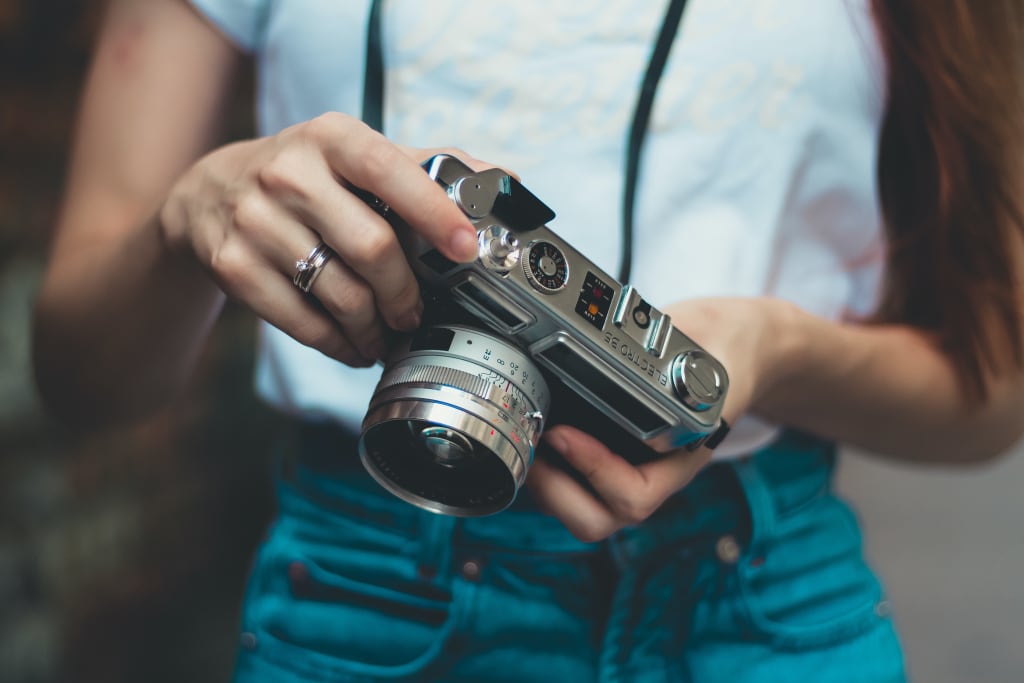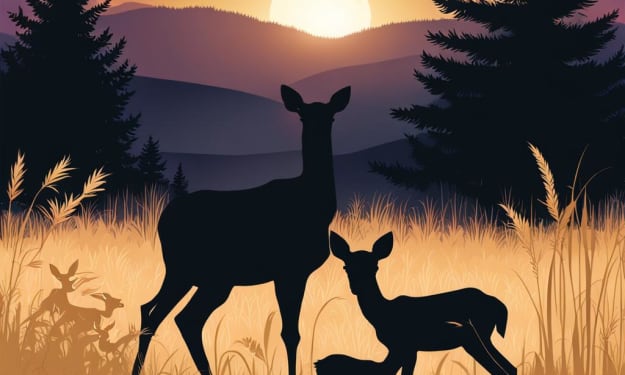Photography: A Comprehensive Guide for Beginners
Photography: A Comprehensive Guide for Beginners

Introduction
Photography is a powerful medium that allows us to capture and preserve special moments, express our creativity, and communicate our perspectives with the world. If you're a beginner interested in exploring the art of photography, this comprehensive guide will provide you with valuable insights, practical tips, and essential techniques to help you embark on your photographic journey.
1. Understanding Camera Basics
Before diving into the world of photography, it's important to familiarize yourself with the basic components of a camera. Here are a few key terms and concepts to get started:
a) Aperture
Aperture refers to the opening in the lens that controls the amount of light entering the camera. It is represented by an "f-stop" value (e.g., f/2.8, f/5.6). A lower f-stop value results in a wider aperture, allowing more light and creating a shallower depth of field.
b) Shutter Speed
Shutter speed determines the length of time the camera's shutter remains open, exposing the camera sensor to light. It is measured in fractions of a second (e.g., 1/100, 1/1000). Faster shutter speeds freeze motion, while slower speeds create motion blur.
c) ISO
ISO measures the camera sensor's sensitivity to light. Lower ISO values (e.g., ISO 100) are ideal for well-lit environments, while higher ISO values (e.g., ISO 1600) are used in low-light situations. Keep in mind that higher ISO settings may introduce digital noise to your images.
2. Mastering Composition Techniques
Composition plays a crucial role in creating visually pleasing and impactful photographs. Here are some composition techniques to enhance your images:
a) Rule of Thirds
The rule of thirds involves mentally dividing your frame into a grid of nine equal parts using two horizontal and two vertical lines. Place your subject along these lines or at their intersections to create a balanced and visually appealing composition.
b) Leading Lines
Leading lines are elements within your frame that guide the viewer's eyes towards the main subject. They can be actual lines, such as roads or pathways, or implied lines created by the arrangement of objects or shapes.
c) Framing
Framing involves using elements within your scene to create a frame around your subject. This can add depth and draw attention to the main focal point. Look for natural frames like archways, doorways, or branches to enhance your composition.
3. Exploring Different Photography Genres
Photography offers a wide range of genres to explore, allowing you to find your niche and express your unique vision. Here are a few popular genres to consider:
a) Landscape Photography
Landscape photography focuses on capturing the beauty of natural landscapes, including mountains, seascapes, forests, and more. Use wide-angle lenses to capture the vastness of the scenery and pay attention to composition, lighting, and the inclusion of interesting foreground elements.
b) Portrait Photography
Portrait photography involves capturing the essence of individuals or groups. Experiment with different lighting techniques, poses, and expressions to create compelling portraits. Don't forget to establish a connection with your subject and make them feel comfortable in front of the camera.
c) Street Photography
Street photography captures candid moments and everyday life in public spaces. It requires observing your surroundings, anticipating decisive moments, and capturing the essence of the scene. Be respectful of people's privacy and local laws when photographing in publicspaces.
d) Wildlife Photography
Wildlife photography involves capturing animals in their natural habitats. Patience, research, and understanding animal behavior are key to capturing stunning wildlife images. Invest in telephoto lenses to bring distant subjects closer and focus on capturing unique behaviors and expressions.
4. Post-Processing and Editing
Post-processing is an essential part of modern photography. Here are a few tips for editing your images:
a) Choose the Right Software
There are various software options available for editing your photos, such as Adobe Lightroom, Photoshop, Capture One, and GIMP (free). Experiment with different software to find the one that suits your needs and workflow.
b) Adjust Exposure and White Balance
Fine-tune your exposure to enhance the overall brightness and contrast of your image. Additionally, adjust the white balance to ensure accurate colors in your photos.
c) Crop and Straighten
Crop your images to improve composition or remove distracting elements. Straighten horizons and lines to ensure a level and balanced image.
d) Enhance Colors and Contrast
Use tools like saturation, vibrance, and contrast to enhance the colors and make your images pop. However, be mindful not to overdo it, as it can lead to unrealistic or unnatural-looking results.
5. Learn from Others and Practice
Photography is a continuous learning process. Here are a few ways to improve your skills:
a) Study Photographers and Their Work
Research and study the works of renowned photographers. Analyze their techniques, compositions, and styles to gain inspiration and insights.
b) Join Photography Communities
Engage with other photographers by joining online photography communities, forums, or social media groups. Share your work, receive feedback, and learn from experienced photographers.
c) Experiment and Practice
Practice is essential for growth as a photographer. Experiment with different techniques, subjects, and lighting conditions. Challenge yourself to step out of your comfort zone and try new approaches.
Conclusion
Photography is an exciting and fulfilling art form that allows you to capture moments, express your creativity, and share your unique perspective with the world. By understanding camera basics, mastering composition techniques, exploring different genres, and continuously learning and practicing, you can develop your skills as a photographer and create captivating images. So grab your camera, embrace the journey, and let your passion for photography flourish.
About the Creator
Nikesh Patel
I am student and blogger , i like content writing , i have completed my graduation
Enjoyed the story? Support the Creator.
Subscribe for free to receive all their stories in your feed. You could also pledge your support or give them a one-off tip, letting them know you appreciate their work.






Comments
There are no comments for this story
Be the first to respond and start the conversation.